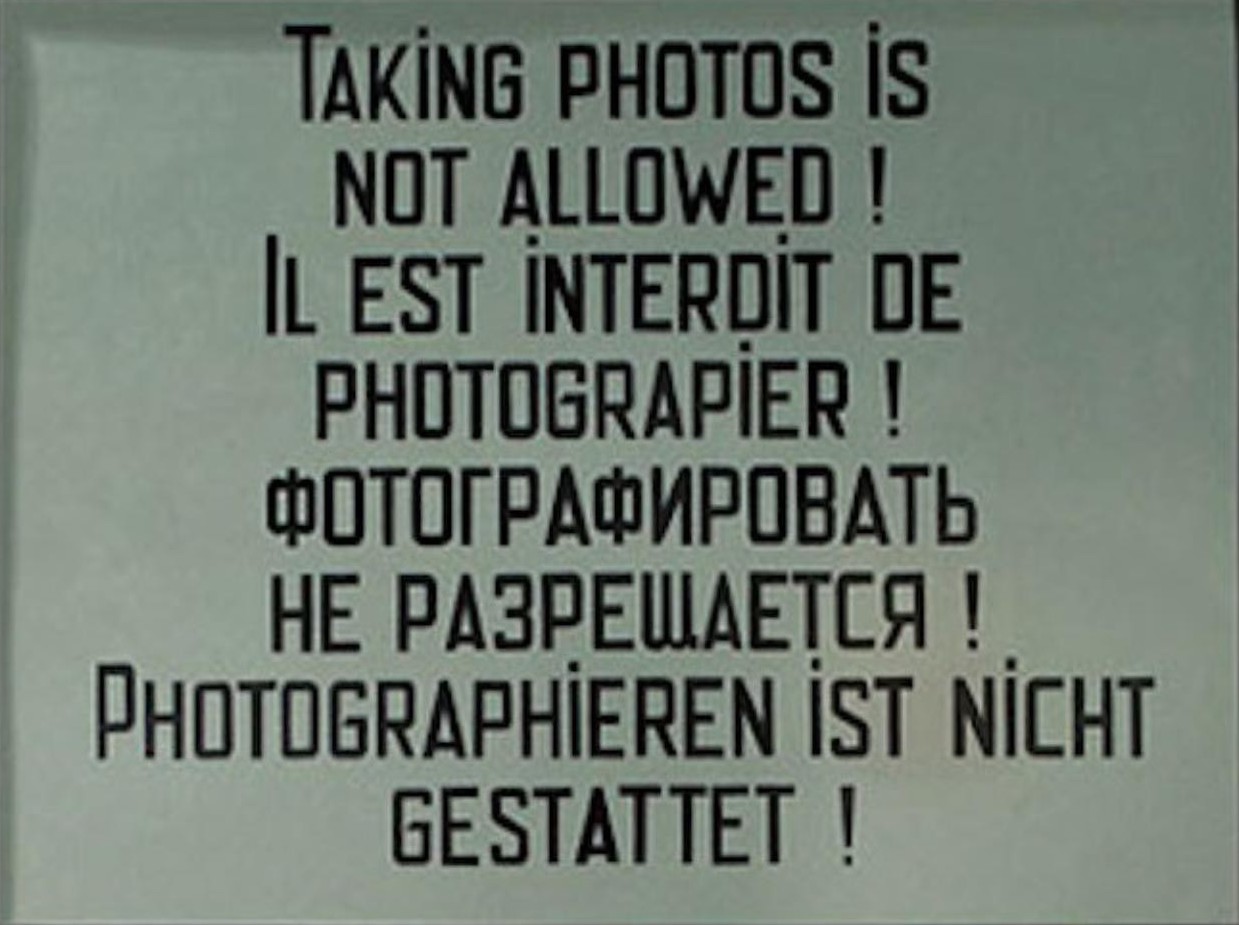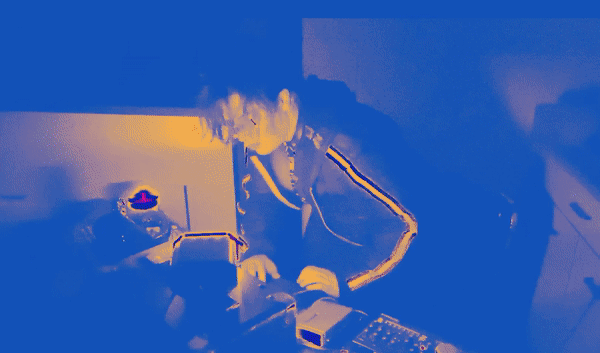Berghain, the global capital of electronic music, is known to the world as the hardest door to pass through. At Berghain, people queue for hours, follow all the rules and are still rejected, which contributes to the club’s reputation. There is a Berghain Line Live Instagram handle casting the length of the line multiple times a day, numerous “how to get in” guides, an online AI simulator to practice, and even a card game based off of the experience.
Within recent years, Berghain has moved from underground subculture to mainstream culture through the globalized culture spread on the internet. Frank Ocean cited it as an influence on his album Blonde; and Conan O’Brien recently did a comedy routine outside the entrance. Through net culture, the former power plant turn club, built in the era of Soviet-controlled East Berlin, has even become a prominent subject in internet memes.
German clubs are some of the last spaces on earth that are not under surveillance by security, IP cameras, or cellphones. There is a no-photo policy was invented in the early days of Berlin’s club scene in order to give a safe space to minorities and those who enjoy clubs to experience escapism. The aspect of preforming for the camera is non existent in a Berlin club. In this way, it’s a very different experience than clubbing in Miami or Paris. The essence Berlin club culture stems from the East German queer punk movement that arose in response to the countries past political turmoil, and life the Cold War Era in Berlin. Within the last ten years, gentrification has been forcing clubs like Berghain be pushed out of the city. With these economic pressures, there is increasingly less room for these experimental spaces so specific to Berlin. For this piece I wanted to recreate Berghain as authentically as possible in a place separate from it’s geographic location. Before the installation, I plastered the city in posters with a QR code that took you to a page that explained where the performance was, and how to attempt to get in. I hired an actor to pose as the iconic bouncer Sven Marquardt, mixed alcohol, bodily fluids and vinegar in the air to trigger memories of the smells of Berlin clubs, created a DJ set of iconic thumping dark techno, ordered a case of Club-Mate, and employed various audio visual and psychological effects in the installation as I performed a set live referencing social experiments throughout history. I also wanted to explore the Berghain as social experiment on the physiological effects of random selection/rejection. Many people were rejected at random by Sven, one or more times and the responses ran across the emotional spectrum. The title, Todesstreifen (Death Zone) is a reference the threshold you cross if and when you are let into the club. Todesstreifen was the name of the middle of the Berlin Walls that were laced with barbed wire and dogs, where guards from watchtowers obeyed shoot-to-kill orders. There is a threat of these cultural spaces being lost. In the coming years we may look back at the post Berlin Wall period, and see that something has been lost to time due to an increase on surveillance, viral subcultures online and gentrification.







